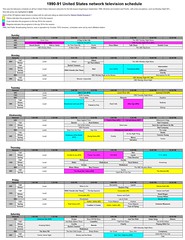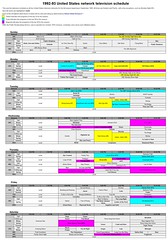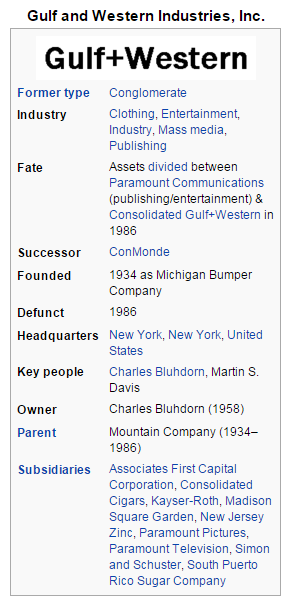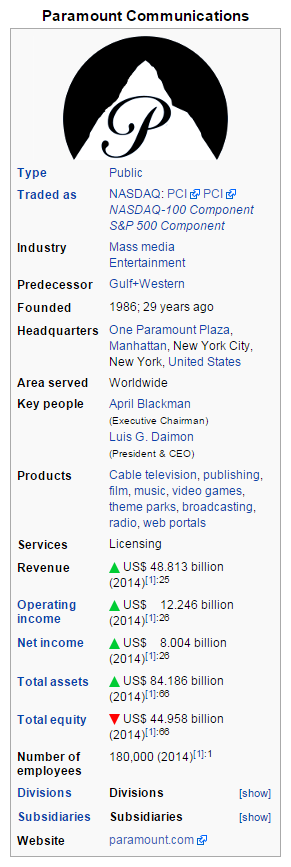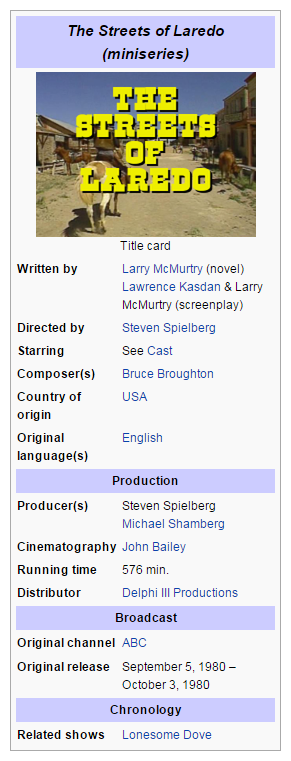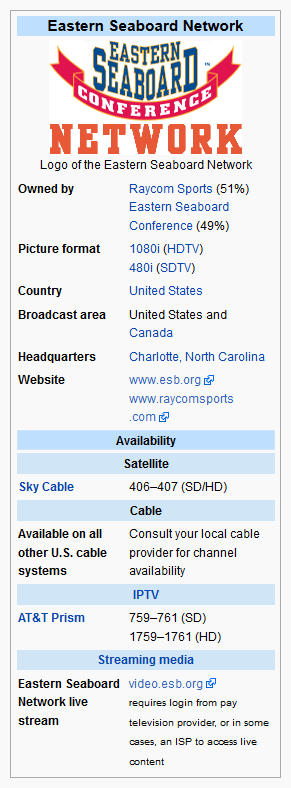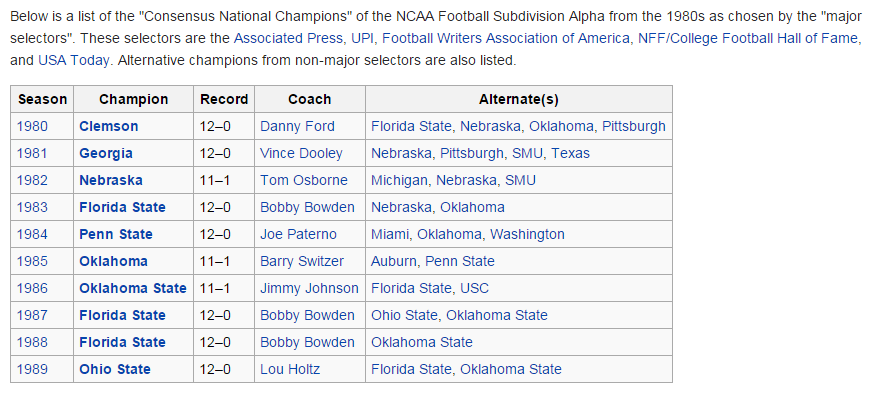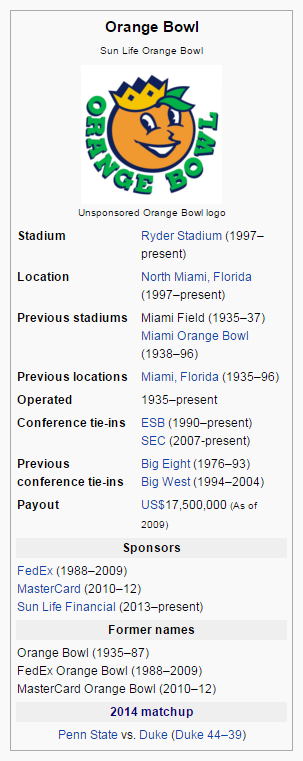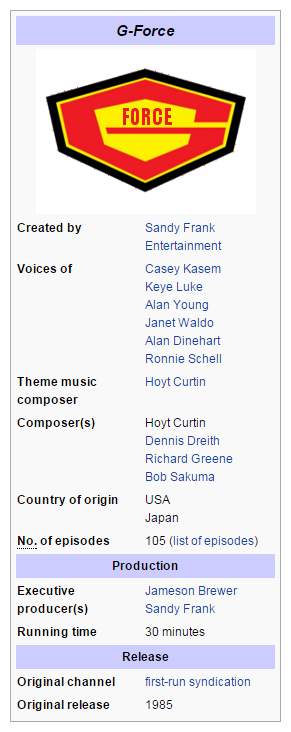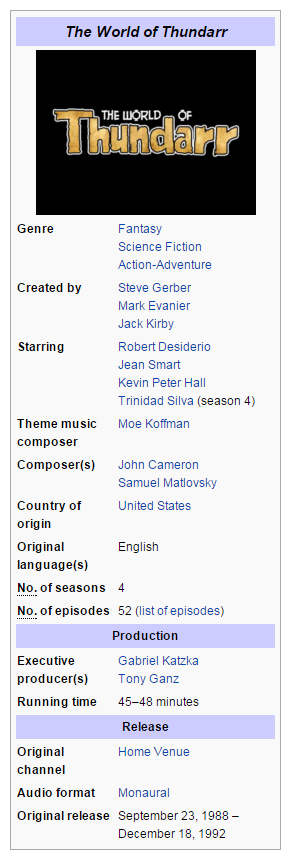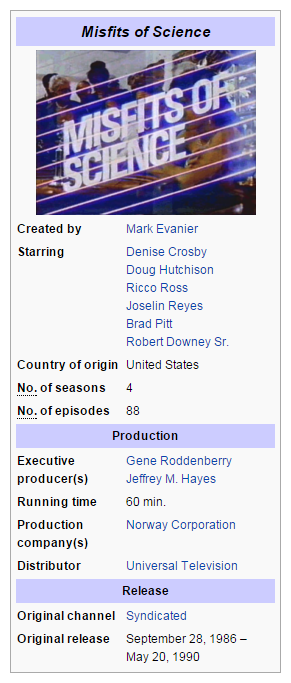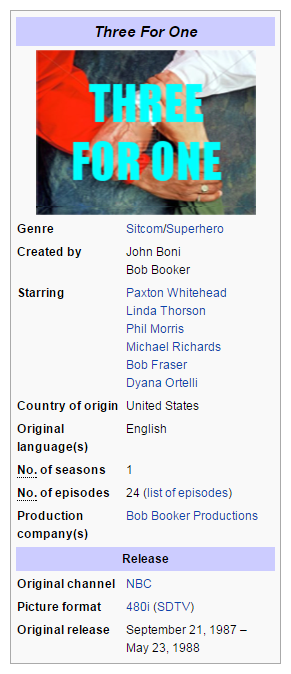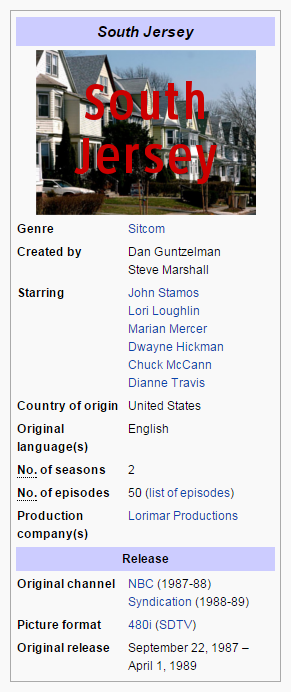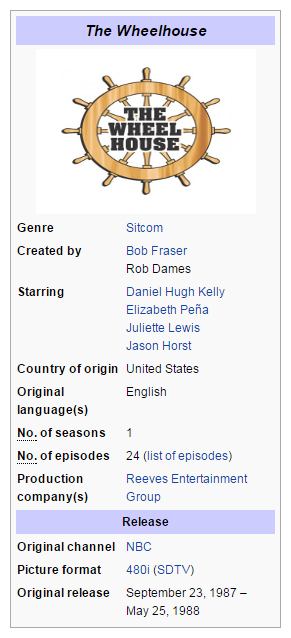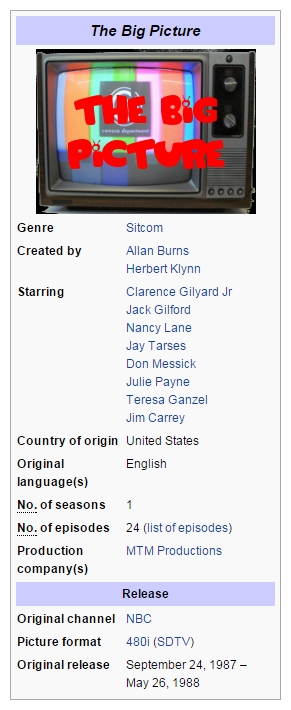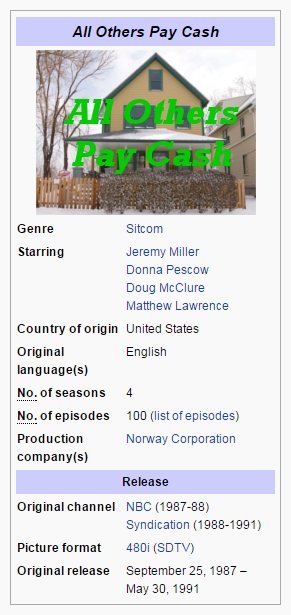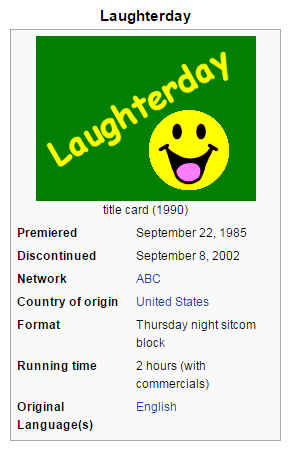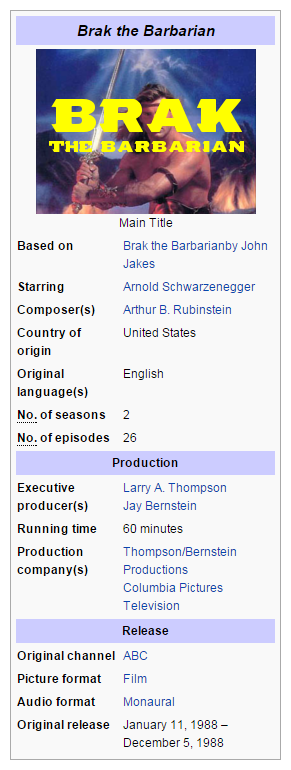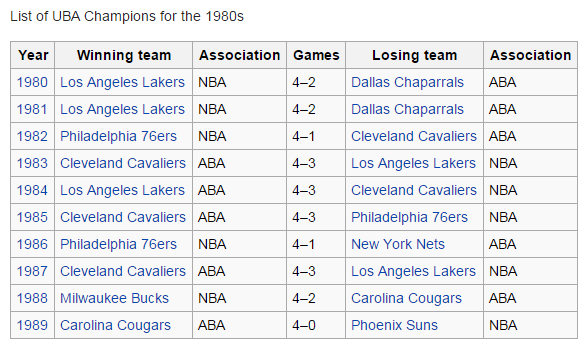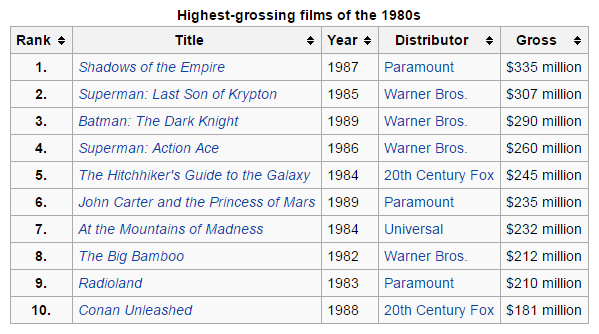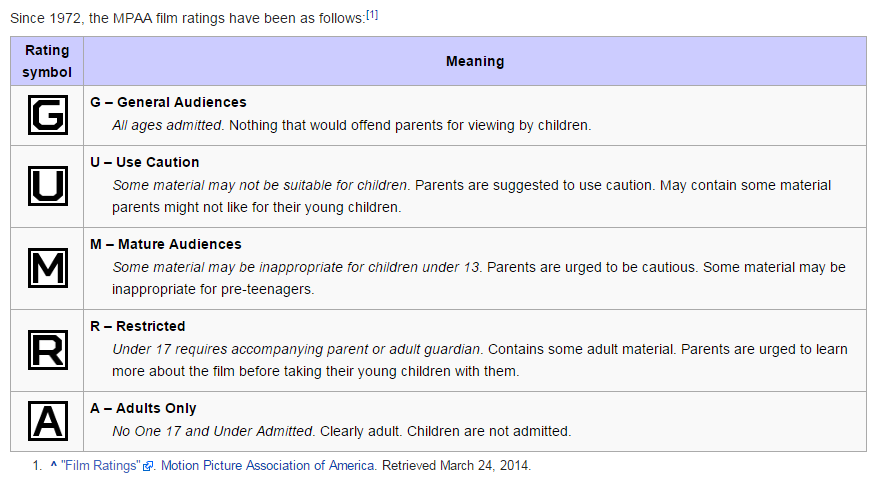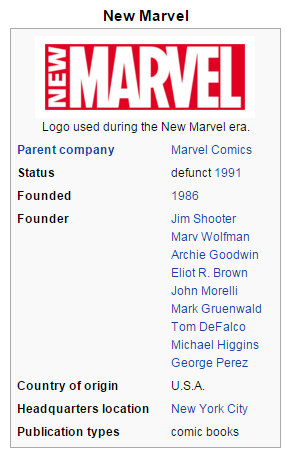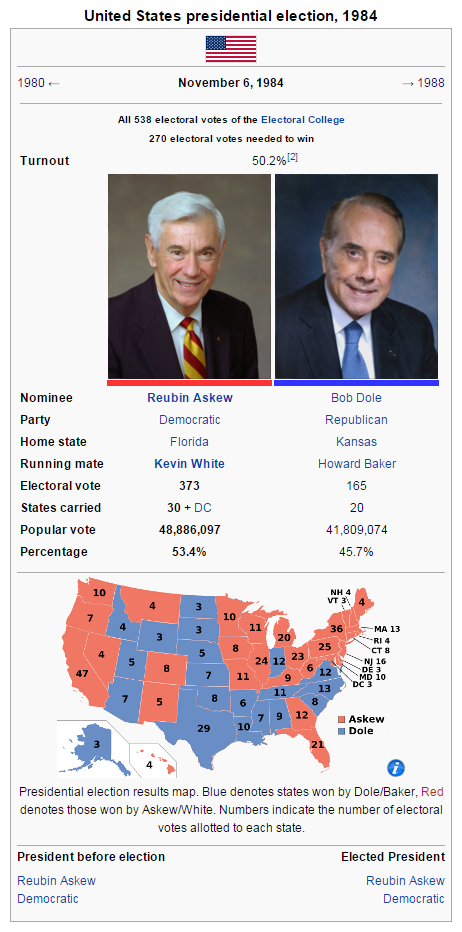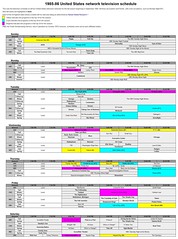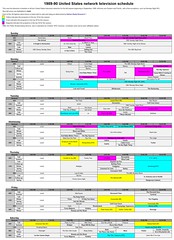Sorry about the delay, but here is fifth part. I may gone overboard on the non-television infoboxes. As always any C&C welcome.
-----------------------------------------------
Excerpted from the Plexipedia article "Warner Entertainment Television".
Warner Entertainment Television (WET) was an ad hoc television network created by Warner Bros. Domestic Television. WET operated from September 1986 until May 1992.
Origins
In 1984, the ad hoc television network Operation Prime Time (OPT) ceased operation. Seeing an opportunity in the syndication, MCA decided to create a replacement. That summer, MCA announced the creation of the Universal Premier Network (UPN). Like OPT, UPN would provide movies to be broadcast weekly during the regular television season. UPN was intended to launch that fall. However, a series of setbacks delayed the launch until 1986. Like MCA, Warner Communication sought to fill vacancy left by the loss of OPT. In 1986, Warner would launch their venture, Warner Entertainment Television. WET would provide three nights of programming a week. In addition, it would also broadcast special events such Empire of the Sun mini-series and the Holiday Bowl. WET's sports programming would be provided by their sister subsidiary Lorimar Sports Network.
Programming
WET's initial offerings would be three two-hour blocks to be shown on Monday (movies), Wednesday (action), and Friday (comedy), but subscribing stations were allowed to shift the block's broadcast time. For the 1987-88 season, WET would replace their movie block with a crime/mystery block. While their comedy block would change to the dramedy genre. In 1988, WET would drop the genre blocks altogether. During its final season of operation, WET would broadcast two three-hour program blocks.
Demise
Even as WET was launched, Warner investigated the viability of a fifth broadcast network. WET's success solidified Warner's plans. During WET's fifth season, Warner decided to launch their network, Warner Broadcasting System (WBS). Warner would take the next year setting up the network infrastructure which included absorbing staff from WET. The spring before the launch of WBS, WET was shut down.
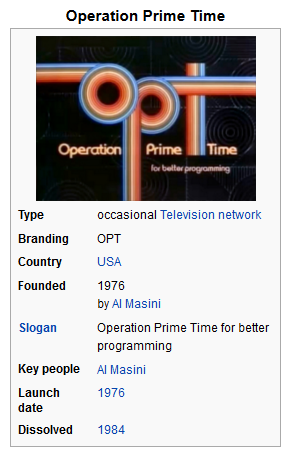


 Excerpted from the Plexipedia article "Warner Broadcasting System".
Excerpted from the Plexipedia article "Warner Broadcasting System".
Once the decision to launch WBS was made, a staff primarily made up of former WET people was assembled. They formulated an ambitious five-year plan. In its first year, WBS would broadcast two nights of prime time programming. In addition, a late night talk show would be shown on weeknights. The second year, WBS would add two addition nights of prime time programming, a Saturday morning children's block, and a four-hour weekday daytime block. The third year added a fifth night of prime time and two children's blocks, a two-hour weekday afternoon block and one-hour weekday morning block. WBS added another night of prime time in their fourth year as well as a second late night talk show. The final year of the plan added the seventh prime time block.
When WBS was created, it was decided that since a news division wasn't essential did not create one. Instead, they would have SNN provide their nightly news program. However, WBS did consider a sports division was essential. Sports programming for WBS would be handled by the newly created WBS Sports. This division was created in 1991 out of the merger of Lorimar Sports Network, which Warner had owned since 1985, and the newly purchased assets of the bankrupt Mizlou Television Network.

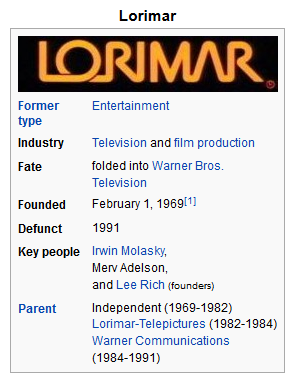
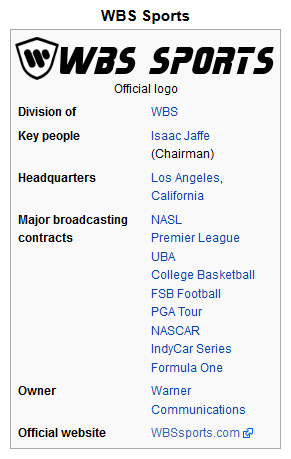
 Excerpted from the Plexipedia article "Norway Corporation".
Excerpted from the Plexipedia article "Norway Corporation".
By the end of 1970s, the Norway Corporation's success had allowed them to expand tremendously. In 1981, they would seize an opportunity to expand their distribution catalog. They would acquire the assets of the bankrupt Metromedia. To offset part of the purchase cost, Norway would sell Metromedia's radio stations, most of which went to Clear Channel Communications. The television stations would spun off into a new subsidiary as the Reliance Broadcasting System (RBS). RBS would headed by Leonard Maizlish. Maizlish would transform the collection of stations into an ad hoc network using the RBS brand. As Norway executives focused on film and television production, Maizlish was allowed to operate RBS as he saw fit. Maizlish would convert RBS into his own personal fiefdom.
While affiliated television stations are the key to any broadcast network, each network is built on a core of own and operated stations. Warner Communications knew before they could the launch WBS, they needed to establish their own core of stations. Warner decided that the best course of action was not to buy stations individually, but rather purchase a pre-existing group that was already in all the major markets. At the time only two groups fit their needs, Westinghouse Broadcasting and RBS. As Westinghouse wasn't interested, Warner approached Norway. By this time, the tension between Maizlish and other executives had reached their breaking point. The Norway board quickly agreed to terms and RBS became a Warner subsidiary. While the individual stations were left alone, Warner wasted no time in firing the RBS's top management.
Soon after the death of Norway founder Gene Roddenberry's death, the Norway Corporation was acquired by Paramount Communications. It would remain a subsidiary of Paramount until 1996 when its assets were divided between Paramount's film and television divisions.


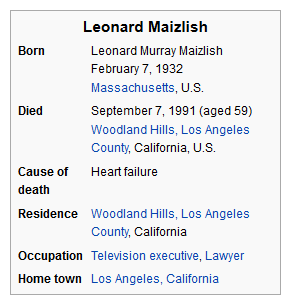

 Excerpted from the Plexipedia article "American sports in the 1990s".
Excerpted from the Plexipedia article "American sports in the 1990s".
As the 1990s began, the ratings for NFL, college football and UBA continued to rise. Others such as NHL, NASL, and auto racing events remained steady, but MLB saw a decline. In the Eighties, MLB had suffered through a series of off the field problems such as the Minnesota drug trials. In addition, arbitrators repeatedly found that owners had colluded against the players. These collusion findings ultimately resulted in the resignation of the MLB Commissioner Peter Ueberroth in 1990. Due to these problems, UBC would not renew their contract with MLB. MLB would be forced to sign with NBC for a lessor amount.
The new commissioner, Lee MacPhail, would take a hardline with both players and owners which managed to slowly repair the damage with the public. However, his relationship with some of the owners began to deteriorate. In 1994, the owners known as the Great Lakes Group would lead a coup against him. While the coup would fail, it would further damage MLB. Some of the issues, the Commissioner hoped to resolve, ultimately were passed on the next Commissioner. MacPhail would retire in 2000. Ironically, three of the five owners that tried to oust him were no longer involved with Major League Baseball.
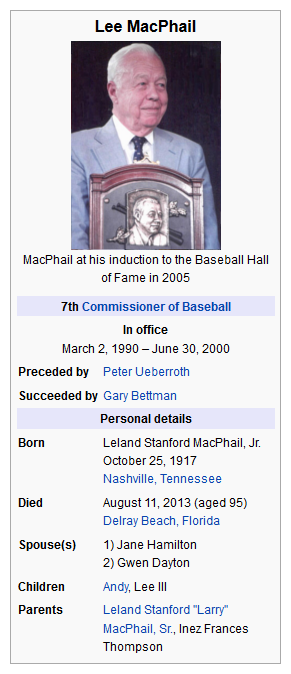
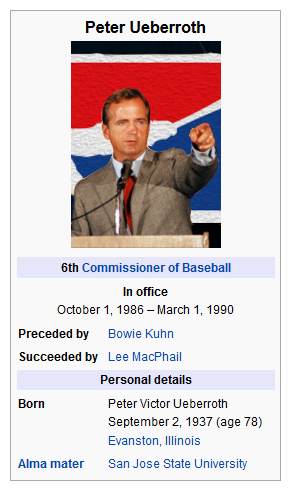
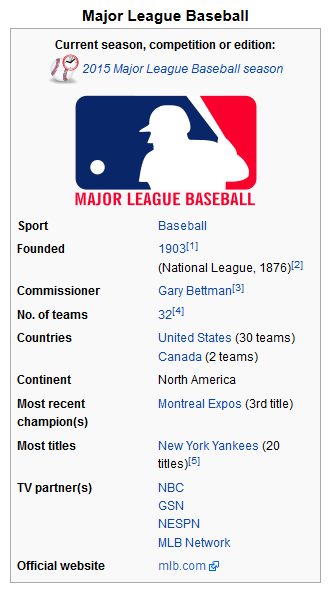 Excerpted from the Plexipedia article "Bowl Coalition System".
Excerpted from the Plexipedia article "Bowl Coalition System".
Bowl Coalition System
The Bowl Coalition System (BCS) was the predecessor to the NCAA Division I FSA Championship tournament. The BCS was designed to provide a championship game between the two top rated teams. In addition, the BCS provided competitive match-ups for the major bowl games. The BCS would exist from 1992 until 2006. In 2007, it would be replaced by an NCAA sanctioned tournament.
1992-1994: The First Incarnation
This incarnation of the BCS involved seven bowls games and five conferences. The bowl games broken into two tiers. The top tier consisted of the Cotton, Orange, and Sugar Bowls. The next tier consisted of the Fiesta, Gator, and Sun Bowls. Five of the twelve bowl slots were filled by conference champions from the ACC, Big 8, ESB, SEC, and SWC. The other spots were filled by top ranked FSA teams. The game featuring number one verses number two would rotate each year. The 1992 championship game was held by the Orange Bowl. The Sugar Bowl hosted the 1993 game and the Cotton Bowl hosted the 1994 game. Rankings were determined by the eleven member BCS Ranking Committee aided by use of human and computer polls.
1995-97: The Second Incarnation
For this incarnation, the BCS decided to drop the second tier games. The championship game would continue to rotate between the Orange, Sugar, and Cotton Bowls. The six slots would be allocated to the four conference champions (ACC, Big West, ESB, and SEC) and the top two ranked teams that were not conference champions. In addition, the BCS Ranking Committee was expanded to fifteen members.
1998-2006: The Third Incarnation
Due to the Rose Bowl joining in 1998, the BCS expanded to include eight teams. The Championship game rotation order was Rose, Orange, Sugar, and Cotton. As with the previous incarnation, the slots were allotted to the champions from all FSA conferences and the top ranked non-conference champions. Initially, when the Rose Bowl was not hosting the championship game, it would continue to showcase the matchup between the Big Ten and Pac-10 champions. This accommodation was dropped in 2003.
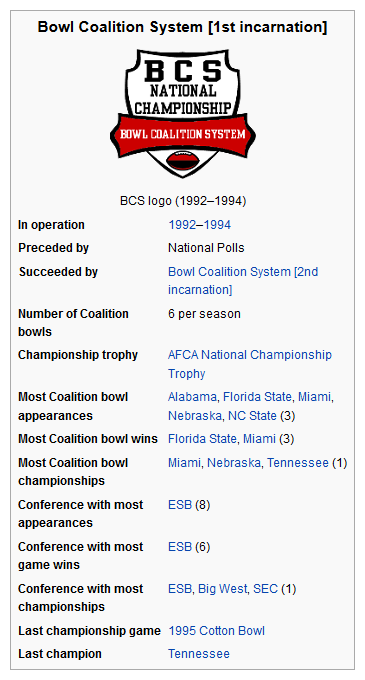

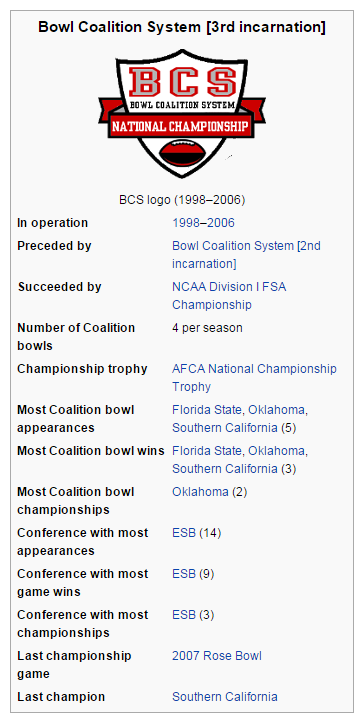 Excerpted from the Plexipedia article "American television in the 1990s".
Excerpted from the Plexipedia article "American television in the 1990s".
LATE NIGHT
On May 20, 1991, Johnny Carson announced his retirement with his last show being May 24, 1992. While ABC executives were surprised by the announcement, they took wasted little time in naming a successor. They choose Later host Alan Thicke over Carson's "permanent" guest host, Michael Burger. Later's numbers under Thicke were extremely strong. In addition, he tested better with audiences than Burger. He was also a frequent guest host on Nighttime before taking over Later from Joan Rivers. Ross Shafer would become Later's new host. Despite not getting the Nighttime or Later job, Burger did get his own late night show. He was hired by CBS to host the Late Late Show.
Carson's retirement would over shadow other changes in late night. Changes include Art Fleming would retiring from the Tonight Show and Ray Combs taking over. The Tomorrow Show would see Rick Dees replace David Brenner. UBC would successfully launch a late night talk show, the Late Shift with Gary Shandling. UBC would follow the Late Shift with Last Call hosted by Byron Allen. CBS would attempt to capture the Carson's traditional audience with Overtime with Pat Sajak. Overtime would paired with the Late Late Show which CBS targeted at younger audiences. By the next fall season, CBS had returned to its traditional late night programming. The new network WBS would also enter late night with a talk show. Their entry called Into the Night would be hosted by Elaine Joyce. WBS's second late night program, the Last Word, wouldn't premier until 1995.
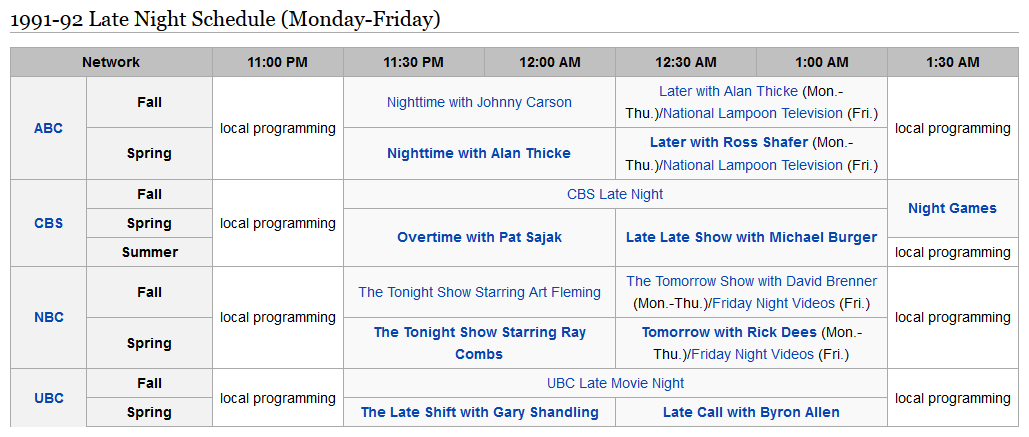

CABLE TELEVISION
By 1990, the number of cable networks had tripled, but as with the 1980s success would remain elusive. Generally speaking, only about one in three proposed networks would make it to air. Among those, most wouldn't last longer than a year or two. In cases where two or more networks battled over the same area of interest with a few exceptions, usually only network survived. Sometimes the networks would merge to form a new network such Ha! and the Comedy Channel merge the form Laff. Other times, the victorious network would acquire the other network. For example, VHT acquired The Music Channel (TMC). Sometimes the acquired network would be rebranded. For example, GSN acquired Mizlou Sports News Channel and transformed it into the GSNews Channel.

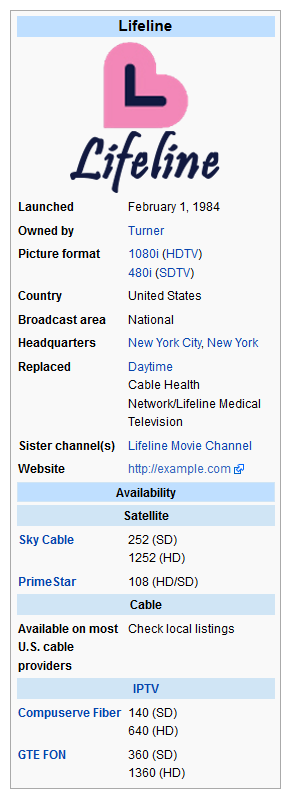
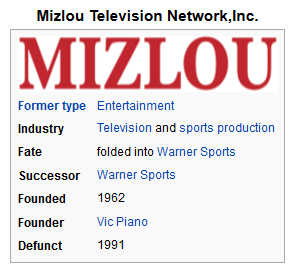

BROADCAST NETWORKS
As ABC entered the 90s, the new head of ABC, Anthony Thomopoulos, was facing a troubling future. Between the thier top-rated shows reaching the end of their lifespan and thier replacements not achieving the same of success, ABC began sliding out of the number one spot. In 1996, ABC fell to third. Brandon Stoddard would be brought in to replace Thomopoulos. UBC's inability to take full advantage of ABC's stumble lead to Jamie Tarses taking the reigns from Jordan Levin in 1995. Despite falling to number three, CBS decided to the long view by promoting from within. In 1992, CBS would put their future in Jeff Sagansky's hands. He would use a combination of traditional and outside the box programs to return CBS to top. Despite bringing in Lewis Erlicht to head the network, NBC remained a distant fourth. It was only the launch of WBS that pushed them out of last place.

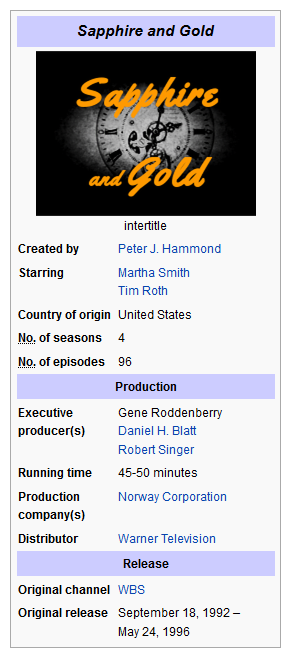
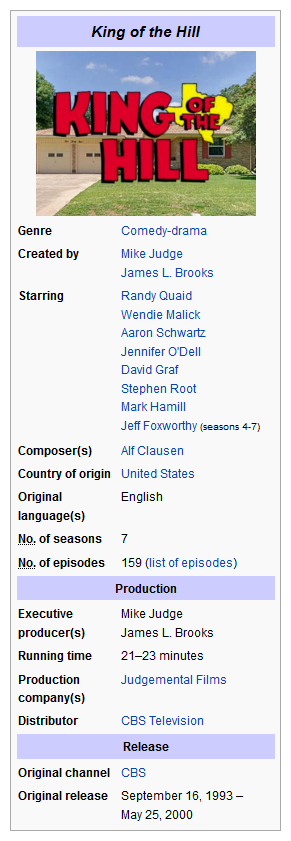
 Excerpted from the Plexipedia article "24-Hour News Networks".
Excerpted from the Plexipedia article "24-Hour News Networks".
In 1981, the first 24-hour news network CNN (Cable News Network) was launched by TBS. It would become the preeminent news channel. In 1984, NBC and Warner Communications would form CNN's first competitor, SNN (Satellite News Network). Warner Communications agreement with NBC included a clause that allowed Warner to buyout NBC at anytime. It would struggle to find success, losing large amounts of money. On the expectation of SNN going bankrupt, Westinghouse and Tribune Media would launch ANC (All News Channel) in 1987. However in 1988, a series of exclusives allowed SNN to come into its own. By 1990, CNN would be the dominate news channel with SNN a close second. Despite expectations, ANC would be a distant third.
In 1993, UBC would enter the field with NewsChannel United (NCU). This new network was formed by consolidating a group of regional news networks. Within two years, NCU was competitive with CNN and SNN. During that same time period, RCA was merging with Westinghouse. Due to this merger, the divestment from either SNN or ANC was required. It was at this time that Warner would optioned the NBC buyout clause and become sole owner of SNN. NBC would invest this money into ANC in attempt to make the network more competitive. Despite the influx of money and experienced staff, ANC remain in last place. A year later, NBC and Tribune Media decided to sell ANC to International Family Entertainment (IFE). IFE would rebrand ANC as the American News Channel. The new ANC would filter news through a conservative/Christian viewpoint. While this did cause a small increase in viewership, IFE's bankruptcy would see the channel fold in 1997.


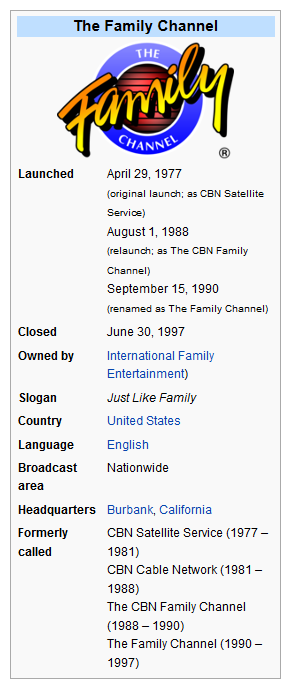
 Here's some of things that are happening in the world.
Here's some of things that are happening in the world.

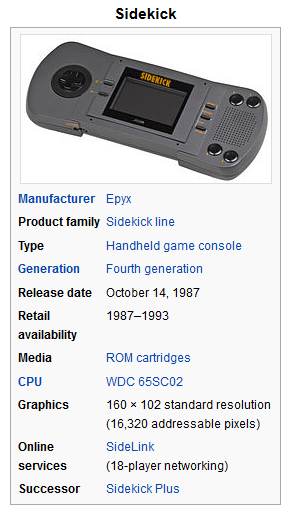



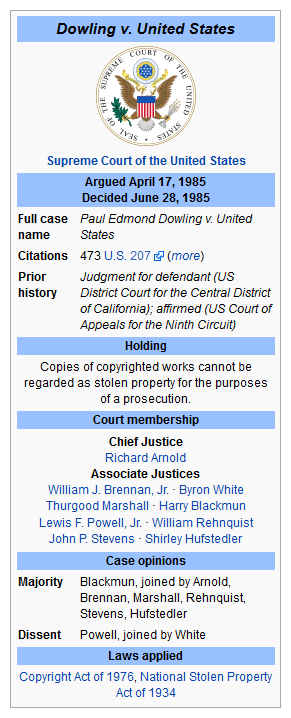

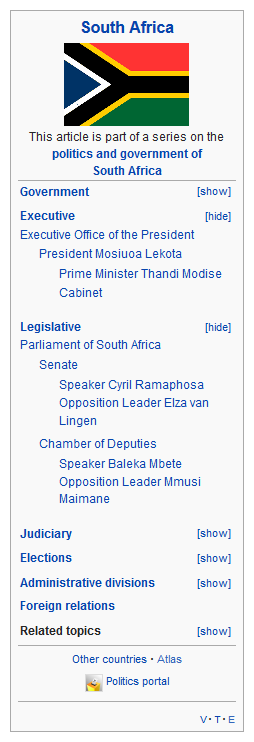


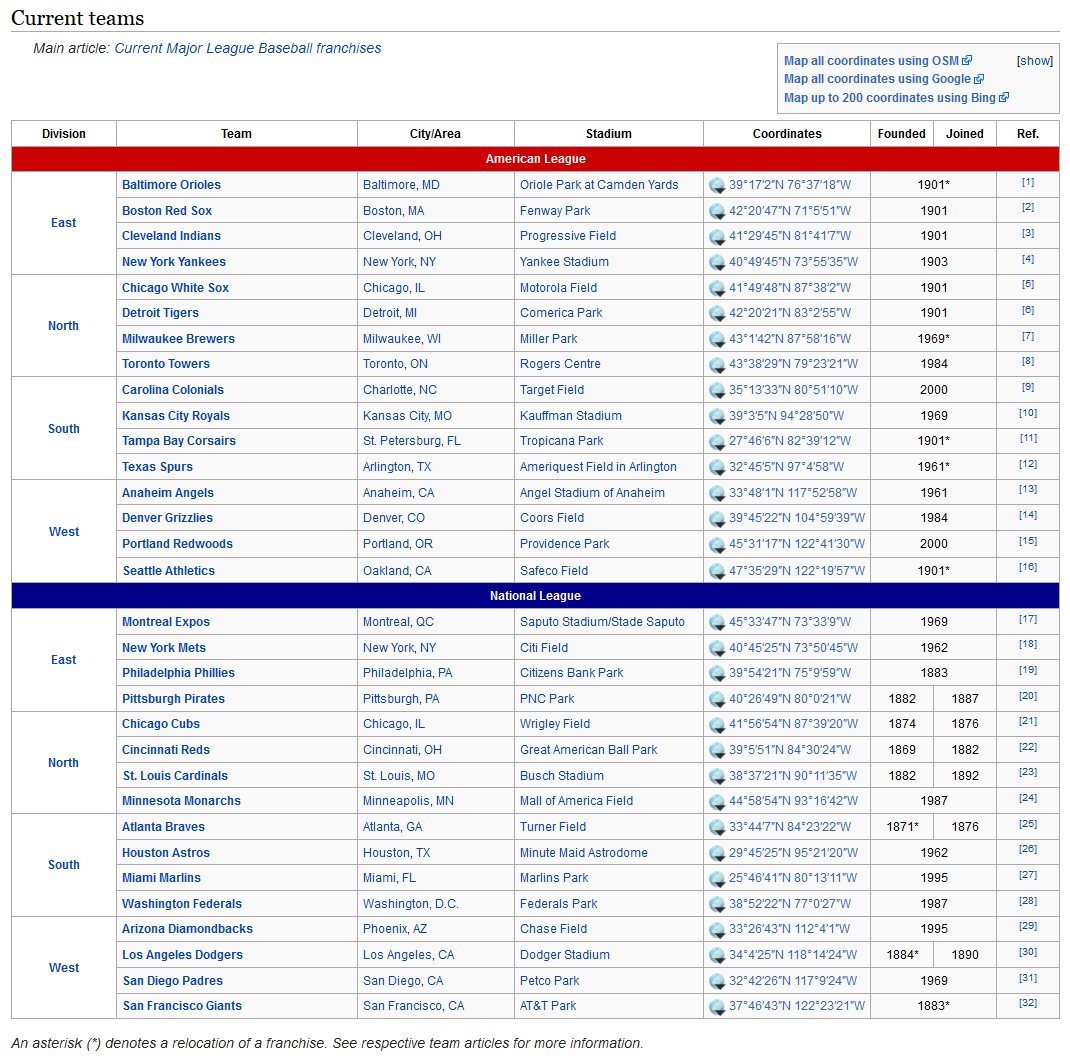 TTL's Primetime schedules.
TTL's Primetime schedules.
Available seasons are
1990-91,
1991-92,
1992-93,
1993-94, and
1994-95 or click on images below to view at a larger size.
The first half of the 1990s
